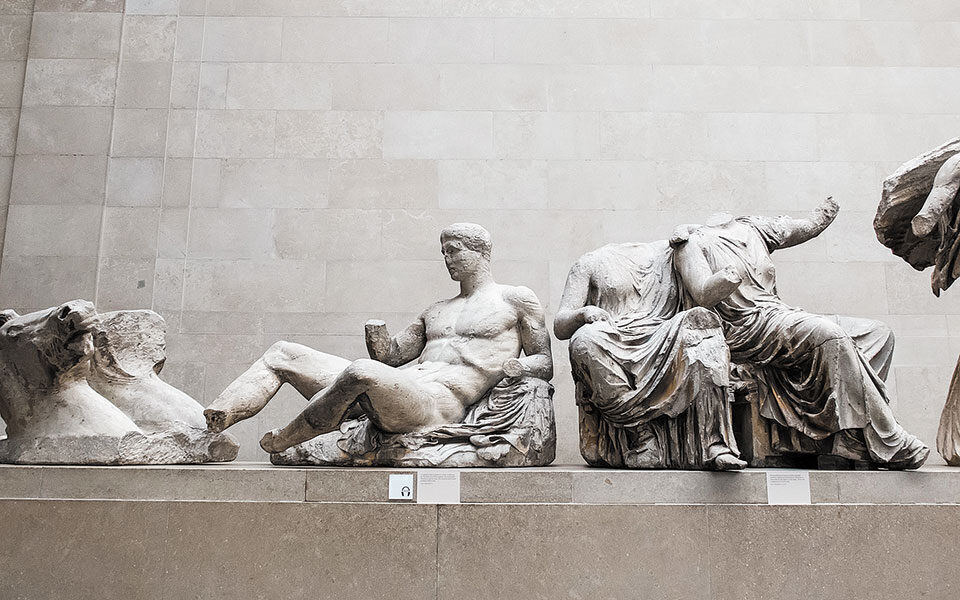The Oxford Institute for Digital Archeology aims to solve the long-running dispute between Athens and London over the issue of the Parthenon Marbles, through the use of 3D technology. The Institute has developed the ability to create full-scale, faithful replicas of historical objects with microscopic accuracy.
Many thanks to the New York Times for highlighting their meticulously reported story of our efforts to repatriate the Elgin Marbles in their Weekender section. The carving continues in Carrara! https://t.co/IVKH6Q56Rj pic.twitter.com/FZx2riKD3c
— Digital Archaeology (@DigiArchaeo) July 10, 2022
According to a recent article in the New York Times, members of the Institute have been working since June 29, in Carrera, Italy, on two Parthenon sculptures that are on display at the British Museum. One is a life-size horse’s head from the Parthenon’s pediment, the other a metope from the south side of the temple, depicting a scene from the Centauromachy (the battle of the Lapiths against the half-man, half-horse Centaurs).
Pentelic marble, quarried from Mount Penteli northeast of Athens, the material used for the original sculptures, is also being used for the copies.
The aim is to carve faithful copies of the Parthenon marbles from a block of marble quarried on Mount Pentelicus, the main source of the stone for the construction of the Acropolis https://t.co/QiMEkVtqTJ
— NYT Science (@NYTScience) July 18, 2022
In the article, professor Andrea Berlin, archaeologist and the James R. Wiseman Chair in Classical Archeology at Boston University’s Department of Archaeology, argued that the Institute’s efforts to resurrect lost antiquities by carving facsimiles could have the effect of changing the relationship between a monument’s viewers and the elements it displays.
“Our sole purpose is to encourage the repatriation of the marbles. When two people both want the same thing, making a second, identical one is an obvious solution,” says Roger Michael, head of Oxford’s Institute for Digital Archaeology, who aims to see the two projects completed by the end of July.
The replicas will be created based on digital photographs taken of the sculptures by members from the Institute who went to the British Museum as visitors. This was preceded by a negative response to their official request for a digital scan of the sculptures by museum officials. 3D images of the horse’s marble head were uploaded to the carving robot, which built the prototype in four days.
Robotor, which undertook the reproduction project, specializes in integrating multi-axis industrial robots that recreate all kinds of 3D stone designs. They argue that this is a new era of sculpture without broken stones, chisels and dust, but with scanning, point clouds, design and artificial intelligence.
This article was previously published in Greek at kathimerini.gr.












